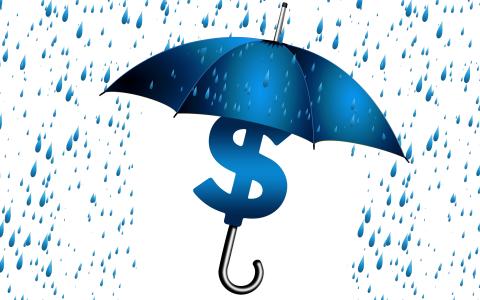
(Bloomberg) - AQR Capital Management’s Jordan Brooks is issuing a word of warning to those on Wall Street still betting that the Federal Reserve can engineer a “painless disinflation.”

The systematic firm’s head of macro strategies says that despite some optimistic signals in financial markets — like lofty stock valuations and bets the Fed will start cutting rates next year — the risks remain skewed toward monetary policy staying tighter for longer.
He said the labor market, for example, is still too tight for core inflation — which strips out volatile food and energy costs — to allow consumer-price increases to slow back toward the Fed’s target, which is currently 2%. The Fed’s preferred measure rose at a 3% annual pace in June.
“More than anything else, central banks care about maintaining low and stable inflation, and I don’t think markets fully grasp that,” Brooks said in an interview. “There is a view that the Fed put is alive and well, and ultimately, that the Fed might not have the resiliency to maintain tight policy if economic conditions get weaker.”
AQR, which relies on quantitative investment strategies, posted record gains last year, when other funds were hammered by the steepest US bond-market drop in decades.
Brooks is among Wall Street analysts who’ve been warning that the Fed may need to hold interest rates higher for longer than previously expected as the economy remains surprisingly resilient. Such concerns fueled the recent selloff in the bond market this month, driving the yields on 10-year Treasuries to a 16-year high Tuesday.
Even so, the yield curve remains deeply inverted, with long-term rates still holding below short-term ones, in what is typically seen as a warning sign of a recession. But in this case, Brooks said, it may show expectations that the market is still wagering that the Fed may be able to nudge interest rates lower as inflation recedes.
Brooks, whose firm’s analysis of 50 years of history over 6 countries concluded that inverted yield curves don’t always predict recessions, said it’s just a sign that the market expects lower short-term interest rates in the future. While that could come if the central bank starts easing policy to jump-start growth, it could also come from a soft landing in which the Fed pushes rates down into less restrictive territory.
“There’s a very clean interpretation that doesn’t involve a recession,” said Brooks. “If investors expect the Fed to be successful in conquering inflation and, as a result, foresee a return to a more neutral stance of monetary policy, then that would easily explain today’s inverted yield curve.”
Throughout the last 18 months, stocks and bonds have rallied anytime that a drop in core and headline inflation rates suggested the Fed may succeed in taming inflation without setting off a recession. Fueled by such optimism, stock prices surged this year, leaving the S&P 500 Index up nearly 15% even after the pullback this month.
The swaps market is currently pricing in that the Fed will start cutting rates in the first half of next year, pushing its benchmark down to around 4.3% by the end of 2024. That’s about a full percentage point below where it is now, but still above the roughly 2.5% that policymakers see as neutral to economic growth.
While Brooks says that the odds of a “painless disinflation” are higher than they were six months ago, he still sees risks that could dent the market’s hopes the Fed will be able to engineer a soft-landing. Stock valuations above the historical average are pricing an extremely optimistic scenario, despite macroeconomic uncertainty lingering.
“We see this over and over again,” he said. “Markets expect resolution to macro-economic disturbances on a time scale that is unrealistic.”
By Emily Graffeo



